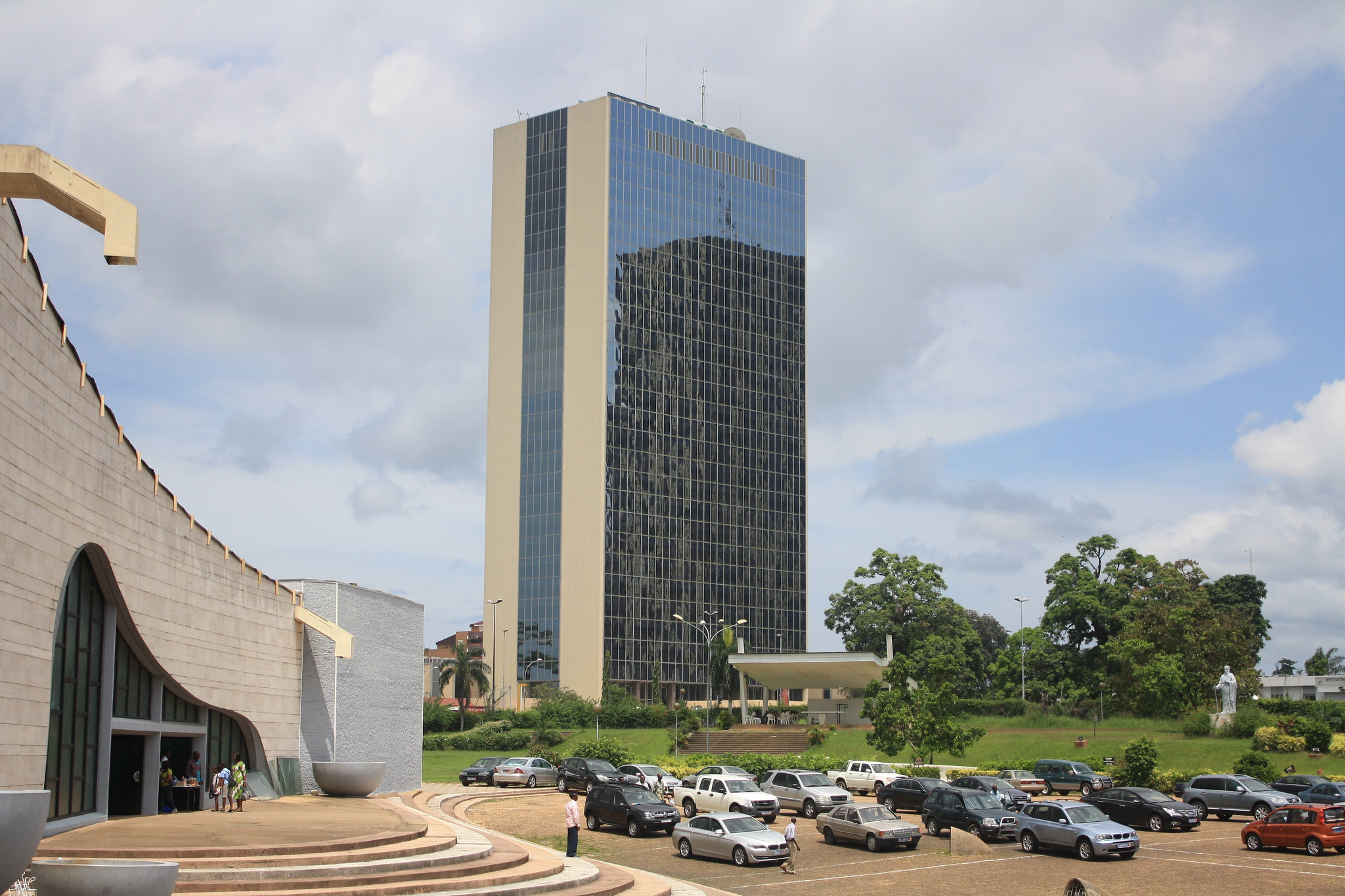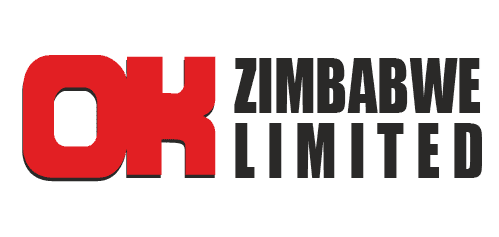First-quarter foreign currency receipts rise
Zimbabwe realised US$2,4 billion in foreign currency receipts in the first quarter of 2022, which is 15,9 percent higher than the same period last year the Reserve Bank of Zimbabwe (RBZ) has revealed following a meeting of its Monetary Policy Committee (MPC).
According to the RBZ, the positive trend in foreign currency generation comes at a time foreign payments amounted to US$1,8 billion, resulting in a favourable current account balance.
Given the positive out-turn, the MPC noted with satisfaction that the economic fundamentals have remained strong to support a stable exchange rate as evidenced by “a favourable current account balance, positive growth of the real sector, public works undertaken by Government, fiscal sustainability and a tight monetary policy stance”.
However, the increased foreign currency earnings come at a time non-monetary factors have continued to weaken the foreign currency exchange rate.
Normally an increase in foreign currency earnings should lead to exchange rate stability but this stability has remained elusive judging by the depreciation of the local currency on both the official and parallel markets.
Officially the Zimbabwe dollar is trading at $159 to the US dollar having started the year trading at $108 to the greenback.
Such a depreciating trend is normally associated with foreign currency shortages but this has not been the case in Zimbabwe as foreign currency generated in the economy has continued to soar.
Dr Mangudya said the existence of strong economic fundamentals suggests that the recent exchange rate shocks are a manifestation of negative sentiments or perceptions attributable to people’s past experiences with hyperinflation and inevitable losses incurred during currency reforms.
“The Committee (MPC) further noted that the erosion of people’s savings due to inflation compelled them to try and avoid similar losses by holding the US dollar as a store of value.”
Meanwhile, the MPC noted with concern the recent uptick in month-on-month inflation, from 7,7 percent in March to 15,5 percent in April 2022, and the increase in annual inflation from 72,7 percent in March to 96,4 percent in April 2022.
However, they noted that high inflation levels are a result of geopolitical tensions which the country could not control.
The increase in inflation was a result of a combination of global shocks and the passthrough effects of the recent exchange rate depreciation on the parallel market, with a significant proportion of the inflationary pressures emanating from the impact of the ongoing Russia-Ukraine conflict.
The MPC however, expects Government to come up with measures to enhance confidence in the economy.
The measures are also expected to deal with market indiscipline and increase the demand for the local currency.
These will be in addition to the current tight monetary policy stance meant to restore confidence in the economy, tame market indiscipline, stabilise inflation and exchange rates and create a conducive environment to support the envisaged economic growth rate of 5,5 percent in 2022.
In keeping with these measures, the RBZ maintained the main interest rate at 80 percent still citing imported inflation which is causing exchange rate volatility.
The Medium-Term Bank Accommodation Facility Interest Rate was maintained at 50 percent per annum.
In the same spirit, the quarterly reserve money growth target was kept at 5 percent for the quarter ending June 2022.-The Herald










